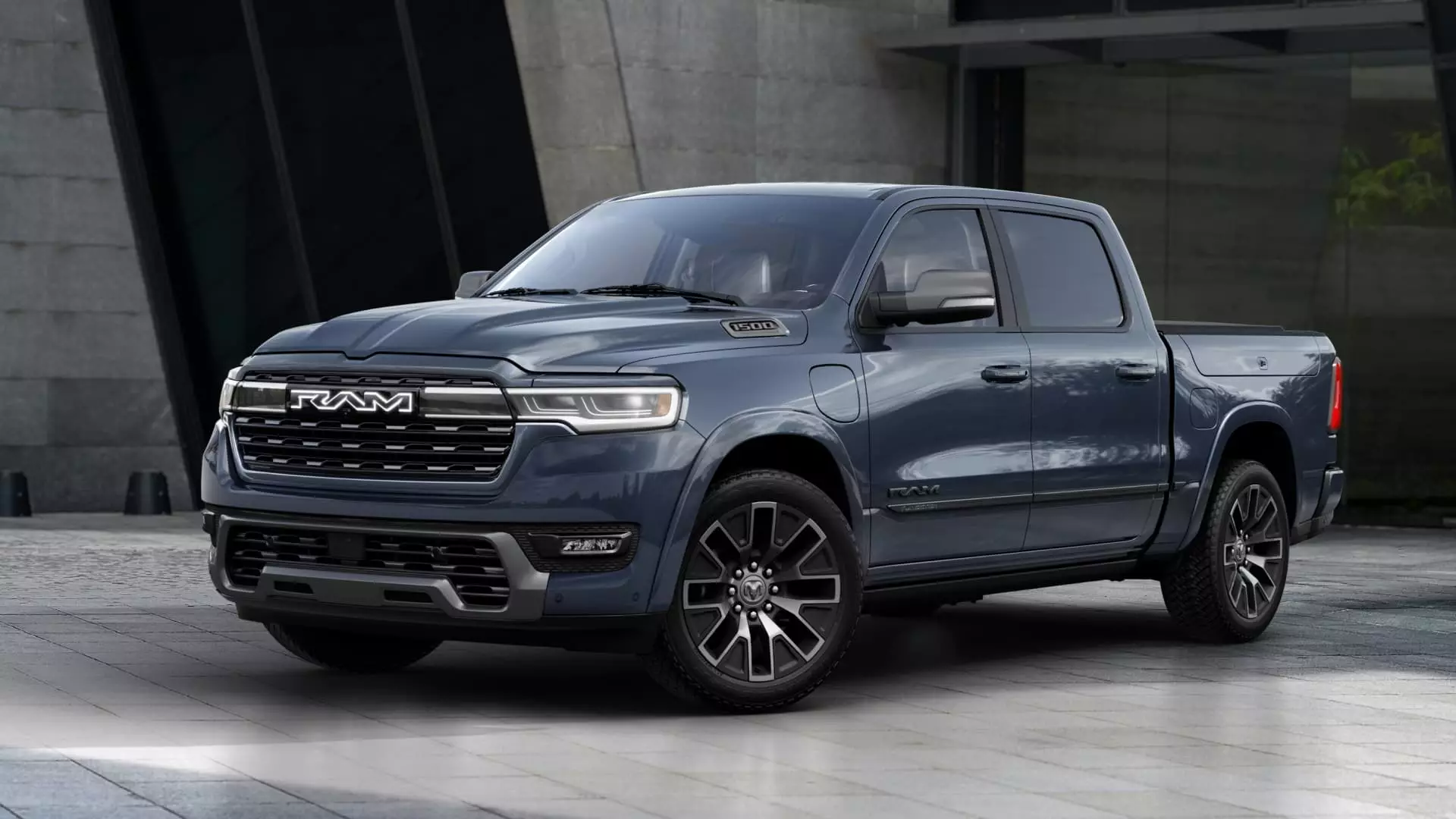In a notable shift in strategy, Stellantis has announced a postponement of the all-electric Ram pickup, now slated for release in 2026, marking a full year later than originally planned. This decision highlights the broader challenges faced by the automotive industry, particularly in navigating the slow adoption rates of electric vehicles (EVs). As traditional automakers pivot toward electrification, the financial pressures associated with developing a profitable electric truck lineup have become increasingly apparent. With competitors struggling to find a viable path to profitability in this segment, Stellantis is recalibrating its approach in response to market demands.
To address these evolving market dynamics, Stellantis has shifted its focus toward the Ramcharger, an electric range-extended vehicle (EREV). This innovative model merges traditional gas engine capabilities with electric technologies, aiming to provide consumers with a familiar yet forward-thinking option. According to Ram, consumer interest in the Ramcharger has been significant, prompting the decision to prioritize this model’s release ahead of the originally planned battery-electric vehicle (BEV).
The Ramcharger’s EREV design allows it to function as an all-electric vehicle until its battery is depleted. At that point, a gasoline-powered generator kicks in, ensuring drivers are not left stranded by the limitations of purely electric power. Expected to open for customer orders in early 2025, it stands as a strategic attempt to capture the interest of buyers who may be hesitant to fully commit to electric adoption.
The timing of this pivot is noteworthy, following recent leadership changes within Stellantis. Ram CEO Tim Kuniskis recently returned to the helm amid a tumultuous period for the brand, including a shake-up that saw former CEO Carlos Tavares leave the company. Kuniskis, who had initially retired in May, has publicly acknowledged the need for substantial changes within the company as it grapples with a staggering 24% decline in sales through the third quarter. His return promises a re-evaluation of the brand’s trajectory, with emphasis on innovating to meet consumer expectations.
Highlighting the obstacles ahead, Kuniskis pointed to delays in the rollout of the redesigned Ram 1500, and the subsequent impacts on overall brand performance. However, he remains optimistic about addressing these challenges. The Ramcharger serves as Kuniskis’s vision of the “Goldilocks truck,” representing the right balance of power, range, and adaptability in a market that craves versatility.
Stellantis’s decision to delay the release of the all-electric Ram pickup while prioritizing the Ramcharger EREV characterizes a cautious, yet strategic response to market conditions. By aligning with the consumer interest in range-extended options, the automaker aims to maintain a competitive edge amidst a shifting landscape. As the automotive industry continues to evolve, Stellantis’s focus on hybrid models may well position it to adapt more fluidly to consumer demands and industry trends. The road ahead remains challenging, but the proactive measures could establish a resilient framework for future success in the electric vehicle market.


Leave a Reply